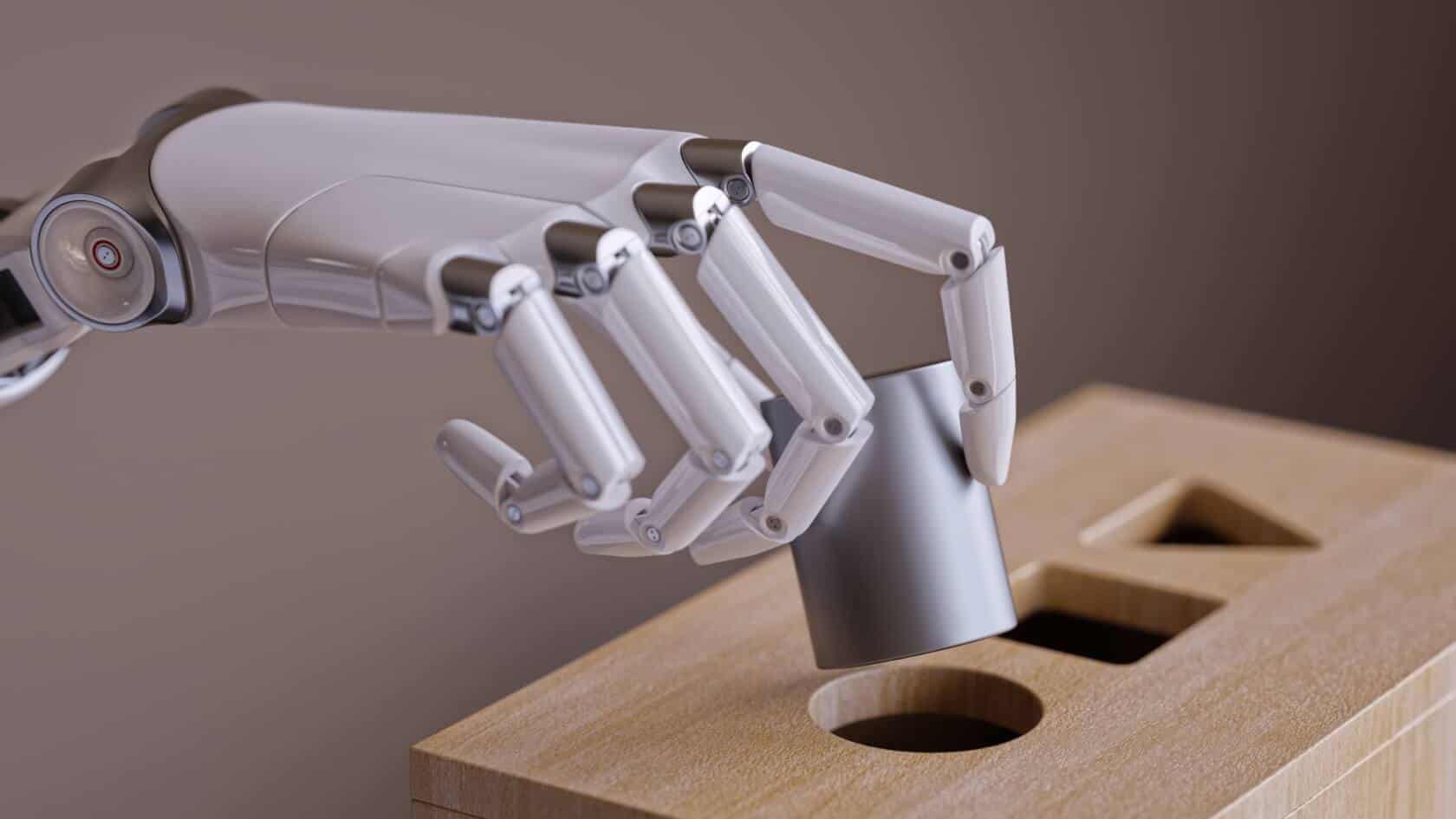Because of the accelerating rate at which technology is evolving, humans must keep up with modern mechanics. The entire geology of traditional science has been drastically and continuously changing, bringing new and more advanced presentations of modern science to the surface. There is no doubt that the advent of data science and machine learning has changed the entire landscape of doing things, and they are the future of more advanced scientific programs.
Is it worth learning Data Science and Machine Learning?
Data science and machine learning will rule the future of every sphere of human life for years to come.
It has impacted our lives in how we do and approach things and continue to do so as technology becomes more complicated.
We are all aware that data science manages large data sets using scientific formulae to generate valuable information.
Machine learning, a branch of artificial intelligence, focuses on producing solutions for humans and making their lives easier.
But have we ever considered what the prerequisites are for learning these in-demand technologies?
This article will look at the seven books to Grasp Mathematical Foundations of Data Science and Machine Learning.
- The Nature of Statistical Learning Theory by Vladimir Vapnik
The purpose of this book is to go over the fundamental ideas that underpin the statistical theory of learning and generalization.
The author focuses on the main results of learning theory and their connections to real problems in statistics, omitting proofs and technical details.
This book, written in a readable and concise style, provides a very general overview of statistical learning theory, which includes both theoretical and algorithmic aspects of the theory.
It also demonstrates how the abstract learning theory established generalization conditions that are more general than those considered in classical statistical paradigms and how to understand these conditions.
- Machine Learning: An Algorithmic Perspective, Second Edition By Stephen Marsland
Since the publication of the best-selling first edition, there have been several notable developments in the field of machine learning, including increased work on statistical interpretations of machine learning algorithms.
Unfortunately, students in computer science who do not have a solid statistical background often struggle to get started in this field.
Machine Learning: An Algorithmic Perspective, Second Edition addresses this shortcoming by assisting students in comprehending machine learning algorithms.
It sets them on a path to mastering the necessary mathematics and statistics and programming and experimentation.
Each chapter includes detailed examples, as well as additional reading and problems.
- Bayesian Reasoning and Machine Learning by David Barber
This book is ideal for readers without a solid background in linear algebra and calculus.
It is intended for final-year undergraduate and graduate students.
It covers everything from basic probabilistic reasoning to advanced machine learning techniques, and most importantly, it teaches students how to build their models for real-world problems.
The use of Bayesian modelling to describe and develop inference algorithms is a central conceptual theme.
There are various examples and exercises in the text.
Online, there are extensive resources for both students and instructors.
Extracting value from massive amounts of data is a considerable challenge for anyone working in computer science or a related field.
Students will benefit significantly from the skills taught in this book.
- Pattern Recognition and Machine Learning (Information Science and Statistics) By Christopher M. Bishop
This entirely new textbook reflects these recent developments while also providing a thorough introduction to the fields of pattern recognition and machine learning.
It is intended for advanced undergraduates, first-year Ph.D. students, researchers, and practitioners.
There is no presumption of prior knowledge of pattern recognition or machine learning concepts.
Understanding multivariate calculus and introductory linear algebra are necessary, as is some previous experience with probabilities, but this is optional because the book contains a self-contained introduction to basic probability theory.
One of the most extensive machine learning texts available, this straightforward, example-based approach begins by discussing how a spam filter works, providing an immediate introduction to machine learning in action with minimal technical jargon.
He covers a broad range of logical, geometric, and statistical models, as well as cutting-edge topics like matrix factorization and ROC analysis.
The central role of features is highlighted in particular. As an introductory textbook, this book will set a new standard.
Each chapter winds up with a summary and recommendations for additional reading.
At the back of the book, there is a list of “Important points to remember,” as well as an extensive index to assist readers in navigating the material.
- Deep Learning By Goodfellow, Bengio, and Corville
The text provides a mathematical and conceptual foundation covering linear algebra, numerical computation, and machine learning.
Deep-feedforward networks, regularization, convolutional networks, optimization algorithms, sequence modelling, and practical mechanization are examples of deep learning approaches employed by industry practitioners.
Among the applications explored are natural language processing, speech recognition, computer vision, and online recommendation systems.
Finally, the book provides research perspectives on theoretical topics.
Autoencoders, representation learning, Monte Carlo methods, the partition function, and approximation inference are examples of these types of models.
This book gives readers a deep knowledge of machine learning concepts and practical advice on how to use these tools and techniques in real-world data mining scenarios.
The most recognized text on data mining and machine learning, now in its fourth edition, offers readers what they need to know to get started, from preparing inputs, interpreting outputs, and comparing the results to the computational procedures at the core of successful data mining approaches.
Since the last edition, there have been many technical developments and modernizations in the sector, reflected in the extensive modifications, new chapters on probabilistic methods, and deep learning.
Conclusion
Because mathematics is a prerequisite for learning data science or machine learning, students must understand the topic thoroughly.
The foundation is the cornerstone of any structure, and it is from here that knowledge grows.
For a better future, we must equip ourselves with the latest trends to stay ahead in this competitive market and rule the future.
Photos: Shutterstock
Dive Deep Into Artificial Intelligence With Katja Grace
Support us!
All your donations will be used to pay the magazine’s journalists and to support the ongoing costs of maintaining the site.
Share this post
Interested in co-operating with us?
We are open to co-operation from writers and businesses alike. You can reach us on our email at [email protected]/[email protected] and we will get back to you as quick as we can.










